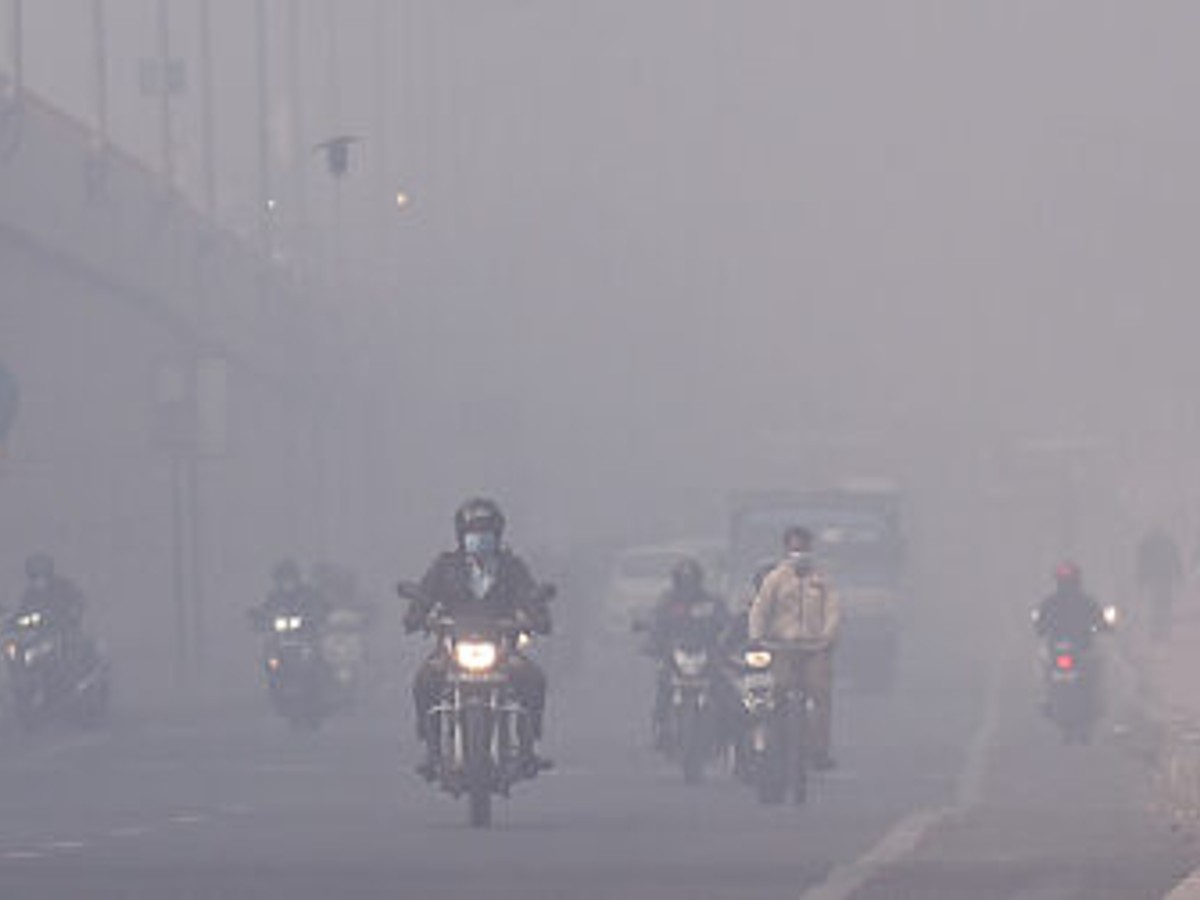
Unfavourable weather conditions combined with the peak of paddy harvesting during Diwali contributed to a decline in Delhi’s air quality in November, as per the Commission for Air Quality Management’s recent report.
Data reveals the average AQI for November this year stood at 373, slightly lower than 380 in 2021 and comparable to 374 in 2016. The month witnessed nine days with “severe” air quality, 17 days in the “very poor” category, and four days in the “poor” category.
The situation might have escalated further if not for occasional rain showers in the national capital, which played a pivotal role in mitigating pollution levels.
Factors like rainfall, wind direction, and speed significantly influence air quality by aiding the dispersion of pollutants, as highlighted by the report. However, November experienced a slower average wind speed of about four kilometres per hour, far below the ideal speed of 10 kilometres per hour necessary for effective pollutant dispersion, as recommended by the CAQM.
Moreover, the influx of low-speed north-westerly winds carried pollutants into Delhi, compounded by disruptions in paddy sowing and delayed harvesting in Punjab and Haryana due to incessant rains.
Although the statement acknowledges a notable reduction in paddy farm fires in Punjab and Haryana compared to the last three years, these fires still contributed significantly to the PM2.5 load in Delhi-NCR due to unfavourable weather conditions.
The report emphasizes the convergence of the paddy harvesting peak with Diwali, exacerbating the air pollution scenario in Delhi/NCR.
Despite these challenges, the average daily air quality in Delhi for the period between January and November in 2023 showed improvement compared to the last six years, excluding the pandemic-impacted year of 2020.
During this period in 2023, the average daily AQI for Delhi stood at 190, indicating progress from 199 in 2022, 196 in 2021, 172 in 2020, 203 in 2019, and 213 in 2018, respectively.
In the context of the Air Quality Index, this period in 2023 also saw reduced daily average PM2.5 and PM10 concentrations compared to the preceding six years. The daily average PM2.5 concentration in Delhi was about 88 gm/m3, notably lower than the range of 90-105 gm/m3 observed during the same periods from 2018 to 2022 (excluding the Covid-affected 2020). Similarly, the daily average PM10 concentration stood at about 192 gm/m3, lower than the range of 200-230 gm/m3 observed in the corresponding periods from 2018 to 2022 (excluding the Covid-affected 2020).
The government imposed GRAP Stage-III on November 2 and GRAP Stage-IV on November 5, though both stages were subsequently lifted. (With inputs from PTI)
Delhi driver murdered after petty dispute; birthday celebration turns violent, say police
Kohli has two hundreds and a fifty in his last three innings, while Rohit has…
The agency says the trio worked with foreign-based gangsters and BKI handlers who supplied explosives…
Delhi airport operator DIAL said operations of all other carriers remain as scheduled and said…
Khanna revisits her early struggles, writing routine, and the making of ‘Mrs Funnybones Returns’
Putin is expected to make diplomatic visits to Rajghat, Bharat Mandapam, Hyderabad House and Rashtrapati…